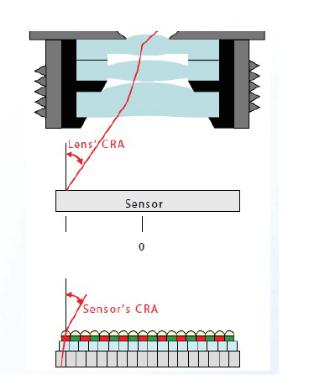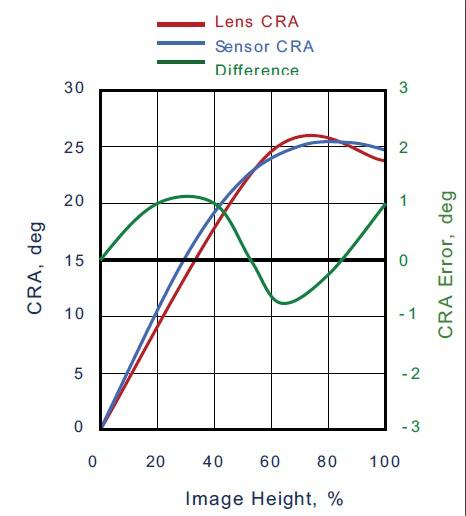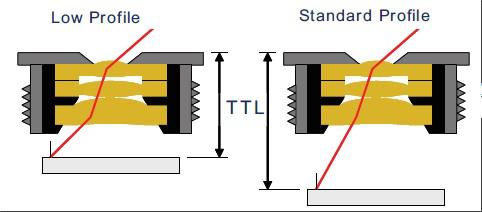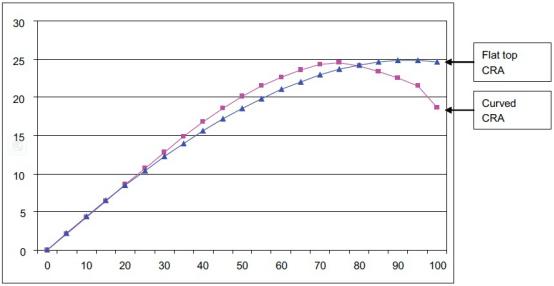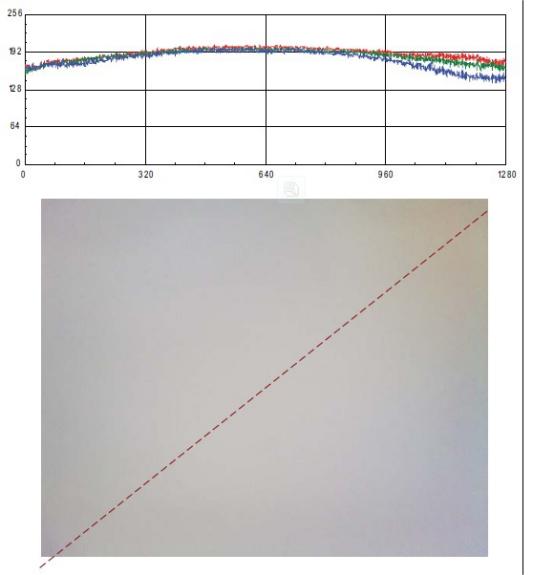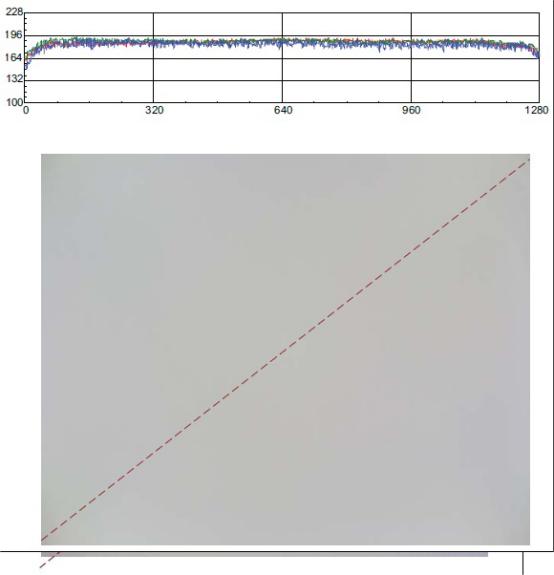What Is The Chief Ray Angle
The lens chief ray angle is the angle between the optical axis and the lens chief ray. The lens chief ray is the ray that passes through the aperture stop of the optical system and the line between the entrance pupil’s center and the object point. The reason for the existence of CRA in the Image Sensor is that there is a FOV (Field of view) on the Mirco Lens on the surface of the Image Sensor, and the value of the CRA depends on a horizontal error value between the Micro Lens of the Image Sensor and the position of the silicon photodiode. The purpose is to better match the lens.
The lens chief ray angle
Choosing a matching CRA of Lens&Image Sensor can ensure more accurate capture of photons into silicon photodiodes, thereby reducing optical crosstalk.
For image sensors with small pixels, the chief ray angle has become an important parameter. This is because the light has to go through the depth of the pixel to reach the silicon photodiode at the bottom of the pixel, which helps maximize the amount of light that goes right into the photodiode and reduces the amount of light that goes into the silicon photodiode of an adjacent pixel (Creating optical crosstalk).
Therefore, when an Image sensor selects a lens, it can ask the Image Sensor manufacturer & lens manufacturer for a CRA curve for matching; it is generally recommended that the CRA angle difference between the Image Sensor and the lens be controlled within +/-3 degrees, of course, the smaller the Pixel, the higher the requirement.
Effects of lens CRA and sensor CRA mismatch:
Mismatch results in crosstalk resulting in color imbalance across the image, resulting in a reduction in signal-to-noise ratio (SNR); as CCM requires increased digital gain to compensate for signal loss in the photodiode.
Effects of lens CRA and sensor CRA mismatch
If the CRA does not correspond, it will cause problems such as blurred images, fog, low contrast, faded colors, and reduced depth of field.
The lens CRA is smaller than the Image Sensor CRA will produce Color shading.
If the Image Sensor is smaller than the lens CRA, Lens shading will occur.
So we must first ensure that Color shading does not appear, because Lens shading is easier to solve through debugging than Color shading.
Image Sensor and lens CRA
It can be seen from the figure above that the TTL of the lens is also the key to determining the CRA angle. The lower the TTL, the larger the CRA angle. Therefore, the image sensor with small pixels is also very important for the lens CRA matching when designing the camera system.
Often, the lens CRA does not exactly match the Image sensor CRA for various reasons. It has been observed experimentally that lens CRA curves with a flat top (minimum flip) are more tolerant of camera module assembly variations than curved CRAs.
The lens CRA does not exactly match the Image sensor CRA for various reasons
The images below show examples of flat top and curved CRAs.
Examples of flat top and curved CRAs
If the CRA of the lens is too different from the CRA of the image sensor, the color cast will appear as shown in the picture below.
The color cast appear
